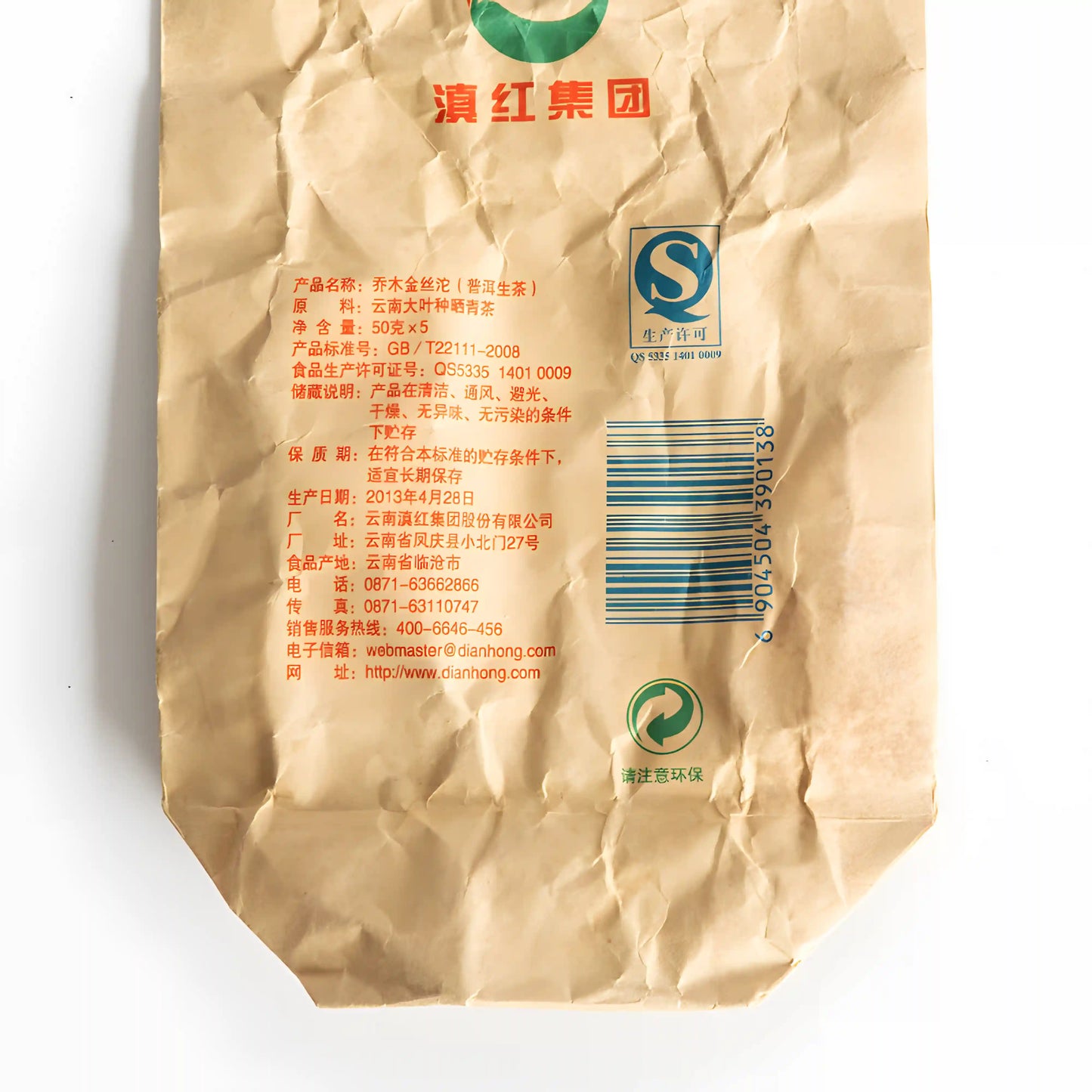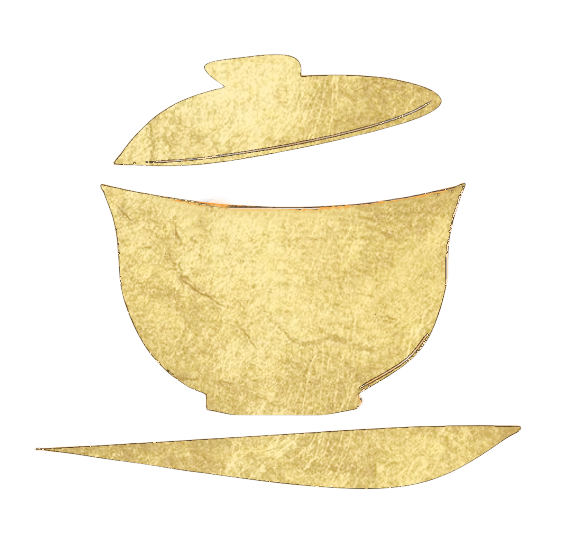Golden Ribben Raw Pu-erh Tea | Teas For High Blood Pressure
Golden Ribben Raw Pu-erh Tea | Teas For High Blood Pressure
Caffeine: Low
Flavor: Mellow\Floral
2013 Golden Silt Tuo – Aged Yunnan Pu-erh with Earthy Depth
Ancient Tree Essence, Carefully Preserved
The Elements: 【🟤 Earth】
Caffeine Level: Medium
Benefits of the Tea:
- Grounding & Emotional Balance
- Digestive Support & Internal Warmth
- Rooted Calm & Restorative Stillness
Handpicked from ancient Yunnan tea gardens and aged since 2013, this Golden Silt Tuo is a compact treasure of shade-dried large-leaf Pu-erh, rich in complexity and heritage. Upon infusion, it yields a vibrant orange-yellow liquor with a mellow, sweet taste and a subtle forest aroma, perfect for centering the body and calming the mind.
Earth Element Insight
- Organ: Spleen & Stomach
- Emotion: Stability, Empathy, Worry
- Energy Direction: Nourishing, Stabilizing
- When out of balance: Overthinking, Fatigue, Digestive Weakness
This earthy tea nurtures the digestive system and provides a warming, grounding experience through every infusion.
Ingredients & Origin
- Ingredient: Ancient tree large-leaf shade-dried Pu-erh
- Origin: Fengqing County, Yunnan, China
- Harvest Year: 2013
Grown in fertile soil and aged to perfection. Wrapped in traditional cotton paper packaging.
How to Brew
Gaiwan Method: 5g / 100ml / 95–100°C / Rinse once / 1st steep: 10s / Increase gradually
Modern Brew: 3g / 250ml / 90–95°C / Steep 2–3 min
Tea Characteristics
- Dry Tea: Uniform tuo shape with brown hue and silvery tips
- Tea Soup: Bright orange-yellow, clean and full-bodied
- Taste: Mellow, refreshing, sweet with a forest-like finish
Packaging & Storage
- Packaging: Traditional cotton paper-wrapped tuo, 50g
- Storage: Cool, dry, odor-free, away from light and moisture
- Shelf Life: Suitable for long-term aging
Frequently Asked Questions
Is the Golden Silt Tuo suitable for aging?
- Yes. This tea is designed for aging and will develop deeper, more complex flavors over time if stored properly.
What makes this Pu-erh different from others?
- It is crafted from ancient tree leaves in Fengqing and shade-dried before pressing, which enhances its aroma and longevity.
Can this tea be re-steeped?
- Absolutely. This Pu-erh can be re-steeped 6–8 times while maintaining its flavor and aroma.
🟤 Sip the Essence of Time – Embrace the Grounded Elegance of Pu-erh
Couldn't load pickup availability
Share



Blog posts
View all-

10/10 Would Recommend: The Healthy, Daily Ritua...
Discover why our Organic Rose Tea & Ceramic Mug Set is the Christmas gift she'll treasure daily. Featuring Xinjiang organic roses, premium Yunnan black tea, and authentic Ru Kiln ceramics,...
10/10 Would Recommend: The Healthy, Daily Ritua...
Discover why our Organic Rose Tea & Ceramic Mug Set is the Christmas gift she'll treasure daily. Featuring Xinjiang organic roses, premium Yunnan black tea, and authentic Ru Kiln ceramics,...
-

How to Store Pu-erh Tea: Aging Tips, Probiotic ...
Discover how to properly store Pu-erh tea (sheng & shou) to prevent spoilage and unlock its full aging potential. This guide covers humidity, ventilation, microbial benefits, and how Pu-erh evolves...
How to Store Pu-erh Tea: Aging Tips, Probiotic ...
Discover how to properly store Pu-erh tea (sheng & shou) to prevent spoilage and unlock its full aging potential. This guide covers humidity, ventilation, microbial benefits, and how Pu-erh evolves...
-

Raw vs. Ripe Pu-erh Tea: What’s the Difference?
Curious about the difference between Raw and Ripe Pu-erh? In this article, we explore their production methods, flavor profiles, fermentation process, and health benefits—plus real customer feedback to help you...
Raw vs. Ripe Pu-erh Tea: What’s the Difference?
Curious about the difference between Raw and Ripe Pu-erh? In this article, we explore their production methods, flavor profiles, fermentation process, and health benefits—plus real customer feedback to help you...






